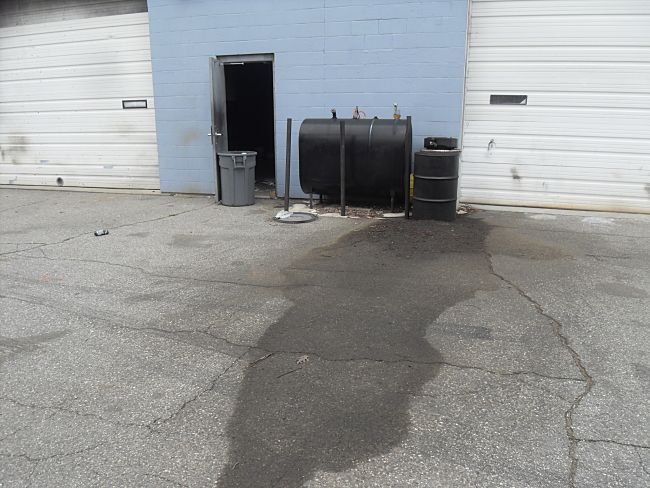What is a Recognized Environmental Condition (REC)?
Environmental professionals conduct Phase I Environmental Site Assessments to a published standard developed by the American Society of Testing and Materials (ASTM) called Standard Practice for Environmental Site Assessments: Phase I Environmental Site Assessment Process (ASTM E1527-05, November 2005). The purpose of this standard practice is to provide environmental professionals with a guidance document that uniformly defines the purpose, scope, and limitations of an environmental site assessment. Most importantly, the focus of a Phase I Environmental Site Assessment is to discover recognized environmental conditions (RECs).
The ASTM Standard defines a recognized environmental condition (REC) as the presence of likely presence of any hazardous substances or petroleum products on a property under conditions that indicate an existing release, a past release, or a material threat of a release of any hazardous substances or petroleum products into structures on the property or into the ground, ground water, or surface water of the property. The term includes hazardous substances or petroleum products even under conditions in compliance with laws. The term is not intended to include de minimis conditions that generally do not present a threat to human health or the environment and that generally would not be the subject to an enforcement action if brought to the attention of appropriate governmental agencies. Conditions determined to be de minimis are not recognized environmental conditions.
Among the most complicated definitions ever developed for any term is for that for a REC (above). In fact, so complicated and subject to opinion is this definition that even experienced environmental professionals differ as to its meaning on finer points. When asked to describe what a REC is, Federated Environmental most often suggests applying each of the definition points as an algorithm. An example is provided below for your analysis. Federated Environmental observed the following scene on a vacant automobile quick oil change property in Massachusetts:
Apply your observational skills as an environmental professional in training to this scene and see if it meets your understanding of the definition of a recognized environmental condition (REC). Refer to the definition of REC above and the release scene photograph to answer the questions below.
(1) Do you detect a release or the likely presence of release of hazardous substances or petroleum products?
Yes, there is clearly presence of an existing release of petroleum products and possibly hazardous substances if the leaking liquid contains volatile organic compounds (solvents), regulated metals, or other materials. You could also conclude there is a material threat of a release; the 55-gallon drum appears to have failed and may release additional liquid.
REC Supported: Yes
(2) Has the identified release occurred into structures on the property or into the ground, ground water, or surface water of the property?
No, there is not much evidence to suggest that the release has occurred into any structure, into the ground, into the ground water, or into the surface water of the property. Although asphalt is certainly not an impermeable barrier, it is quite effective at preventing surface releases from entering the subsurface to any substantive degree. If asphalt was not effective at containing releases, most parking lots would have an underlying contamination concern.
REC Supported: No
(3) Would this release constitute a de minimis condition that would likely not present a threat to human health or the environment?
Yes, this release is a de minimis condition that would likely not present much threat to human health or the environment. The release is limited, essentially contained above the asphalt, and not expected to worsen unless, of course, some individual adds even more liquid to the drum which is clearly leaking.
REC Supported: No
(4) If the above release was be brought to the attention of appropriate governmental agencies, do you think it would be subject to an enforcement action?
Probably not. State regulatory agencies generally only pursue reported releases that have impacted environmental media, .i.e soil, groundwater, to such an extent that some kind of subsurface investigation is required. Certainly, the property owner should cleanup this release. However, involvement by a state regulatory agency to remediate what appears to be a used motor oil stain is overkill…and would be likely viewed as a waste of their time.
REC Supported: No
(5) So what do you conclude…and what would you report? Is this a REC?
There is no correct answer to this question. Some environmental professionals would report this as a REC and others would not. Six Federated Environmental environmental professionals with over 100-years collective environmental assessment experience all reviewed this release and concluded it is not a REC. However, all six indicated that they (a) would not fault anyone for calling it a REC, and (b) would report the release as a simple housekeeping matter that should be addressed…and not as a REC as per the definition.
REC Supported: Inconclusive
Accolades or gripes: jgossweiler@federatedenvironmental.com
